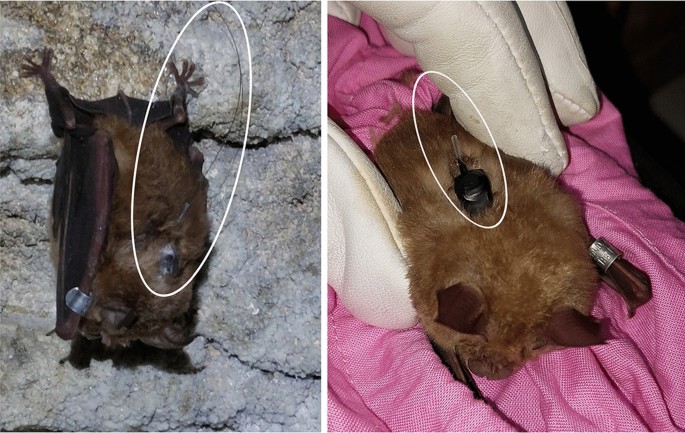2024-01-15 カーディフ大学
◆この初のコウモリの動きに関する研究は、彼らの動きが初期の広がりと帰還の2つの主要なフェーズに分けられることを示しています。この結果は、生態学者、保護活動家、建設業界の関係者にとって有益であり、保護活動家が個体数の減少に対抗するために不可欠な、巣に戻る旅行のモデリングに関する新しい知見を提供しています。
<関連情報>
- https://www.cardiff.ac.uk/news/view/2787672-researchers-show-how-bats-get-back-home-to-roost
- https://link.springer.com/article/10.1007/s11538-023-01233-5
コウモリの動きはリープフロッグで説明できる Bat motion can be described by leap frogging
Lucy Henley, Owen Jones, Fiona Mathews & Thomas E. Woolley
Bulletin of Mathematical Biology Published:10 January 2024
DOI:https://doi.org/10.1007/s11538-023-01233-5

Abstract
We present models of bat motion derived from radio-tracking data collected over 14 nights. The data presents an initial dispersal period and a return to roost period. Although a simple diffusion model fits the initial dispersal motion we show that simple convection cannot provide a description of the bats returning to their roost. By extending our model to include non-autonomous parameters, or a leap frogging form of motion, where bats on the exterior move back first, we find we are able to accurately capture the bat’s motion. We discuss ways of distinguishing between the two movement descriptions and, finally, consider how the different motion descriptions would impact a bat’s hunting strategy.


